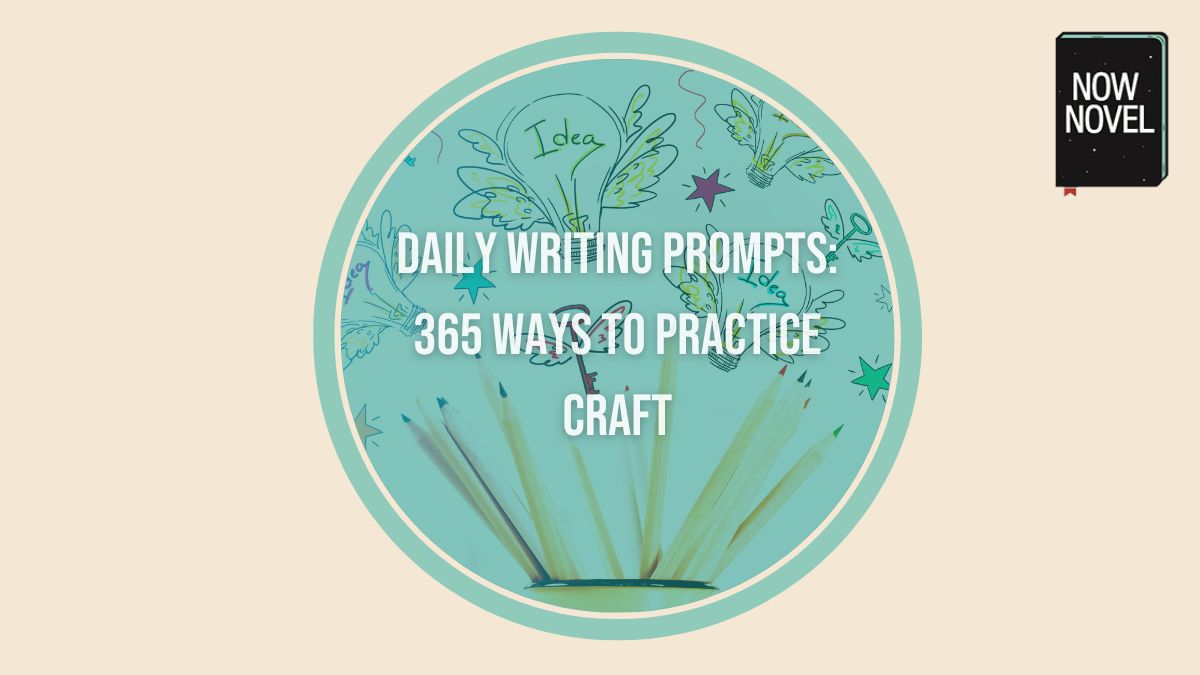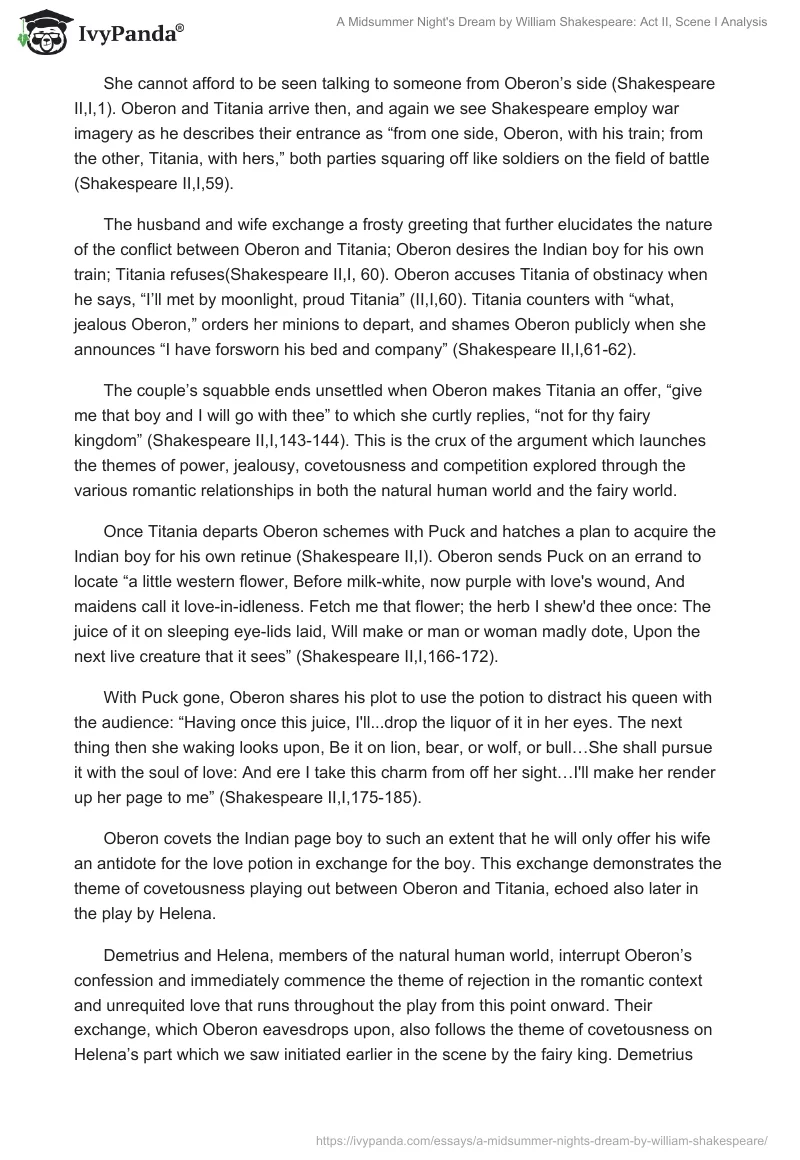In Act 3, Scene 1, Bottom’s head is transformed into that of an “ass” (a.k.a. donkey). Bottom doesn’t know what’s happened to him, so he’s really confused when his pals flip out and run away in fear. Bottom thinks he’s being punked and, when he’s left alone on stage, he complains to us: “I see their knavery. This is to make an ass of me, to
A Midsummer Night’s Dream Conflict – Video & Lesson Transcript | Study.com
Quiz & Worksheet Goals. This test will assess how well you can: Give an example of verbal irony as used in A Midsummer Night’s Dream. Explain how situational irony is used in the play. Describe

Source Image: slideplayer.com
Download Image
A Midsummer Night’s Dream: Dramatic Irony 3 key examples New! Understand every line of A Midsummer Night’s Dream . Read our modern English translation . Next Foil Definition of Dramatic Irony

Source Image: phdessay.com
Download Image
Bottom Monologue (Act 4, Scene 1) | Monologues Unpacked Read More Elie Wiesel Use Of Dramatic Irony In Night 2142 Words | 9 Pages In writing, there are multiple types of irony. One type is verbal irony, when the character says something, but means the opposite. This is commonly recognized as sarcasm.

Source Image: nownovel.com
Download Image
Verbal Irony In A Midsummer Night’S Dream
Read More Elie Wiesel Use Of Dramatic Irony In Night 2142 Words | 9 Pages In writing, there are multiple types of irony. One type is verbal irony, when the character says something, but means the opposite. This is commonly recognized as sarcasm. Nov 15, 2023It is significant that the play “A Midsummer Night’s Dream” uses comedic imagery in the first act. That is, it is the application of a character’s image in one line to represent another. In this way, the character appears comical to the audience. In Act 1, Scene 1, Lysander and Demetrius are fighting over their beloved, and her father
Daily Writing Prompts: 365 Ways to Practice Craft – Now Novel
🔒 1 🔒 Become a Reader Member to unlock in-line analysis of character development, literary devices, themes, and more! Read expert analysis on irony in A Midsummer Night’s Dream A Midsummer Night’s Dream – ppt download

Source Image: slideplayer.com
Download Image
A Midsummer Night’s Dream” by William Shakespeare: Act II, Scene I Analysis – 1185 Words | Essay Example 🔒 1 🔒 Become a Reader Member to unlock in-line analysis of character development, literary devices, themes, and more! Read expert analysis on irony in A Midsummer Night’s Dream

Source Image: ivypanda.com
Download Image
A Midsummer Night’s Dream Conflict – Video & Lesson Transcript | Study.com In Act 3, Scene 1, Bottom’s head is transformed into that of an “ass” (a.k.a. donkey). Bottom doesn’t know what’s happened to him, so he’s really confused when his pals flip out and run away in fear. Bottom thinks he’s being punked and, when he’s left alone on stage, he complains to us: “I see their knavery. This is to make an ass of me, to

Source Image: study.com
Download Image
Bottom Monologue (Act 4, Scene 1) | Monologues Unpacked A Midsummer Night’s Dream: Dramatic Irony 3 key examples New! Understand every line of A Midsummer Night’s Dream . Read our modern English translation . Next Foil Definition of Dramatic Irony

Source Image: stagemilk.com
Download Image
THE CHARLEBOIS POST – MONTREAL: First Person: Andrew Cuk on A Midsummer Night’s Dream Verbal irony is is when the speaker says the opposite of what they mean. Dramatic irony is when the audience knows more than the character. And situational irony is the opposite of what you think is going to happen happens. Shakespeare uses verbal irony a lot in the play A Midsummer Night’s Dream.

Source Image: charpo.blogspot.com
Download Image
PDF) “’I wooed thee with my sword / And won thy love doing thee injuries’: The Erotic economies of A Midsummer Night’s Dream.” | Gabriel Rieger – Academia.edu Read More Elie Wiesel Use Of Dramatic Irony In Night 2142 Words | 9 Pages In writing, there are multiple types of irony. One type is verbal irony, when the character says something, but means the opposite. This is commonly recognized as sarcasm.

Source Image: academia.edu
Download Image
Sonnet 20: My ugly love" by Pablo Neruda by Imran Saleh Nov 15, 2023It is significant that the play “A Midsummer Night’s Dream” uses comedic imagery in the first act. That is, it is the application of a character’s image in one line to represent another. In this way, the character appears comical to the audience. In Act 1, Scene 1, Lysander and Demetrius are fighting over their beloved, and her father

Source Image: prezi.com
Download Image
A Midsummer Night’s Dream” by William Shakespeare: Act II, Scene I Analysis – 1185 Words | Essay Example
Sonnet 20: My ugly love" by Pablo Neruda by Imran Saleh Quiz & Worksheet Goals. This test will assess how well you can: Give an example of verbal irony as used in A Midsummer Night’s Dream. Explain how situational irony is used in the play. Describe
Bottom Monologue (Act 4, Scene 1) | Monologues Unpacked PDF) “’I wooed thee with my sword / And won thy love doing thee injuries’: The Erotic economies of A Midsummer Night’s Dream.” | Gabriel Rieger – Academia.edu Verbal irony is is when the speaker says the opposite of what they mean. Dramatic irony is when the audience knows more than the character. And situational irony is the opposite of what you think is going to happen happens. Shakespeare uses verbal irony a lot in the play A Midsummer Night’s Dream.